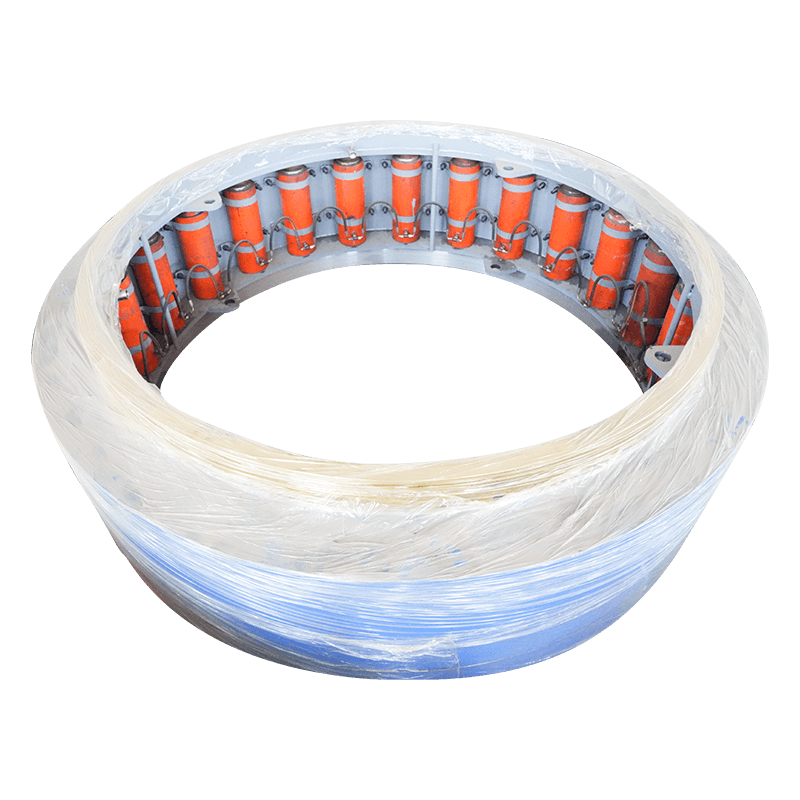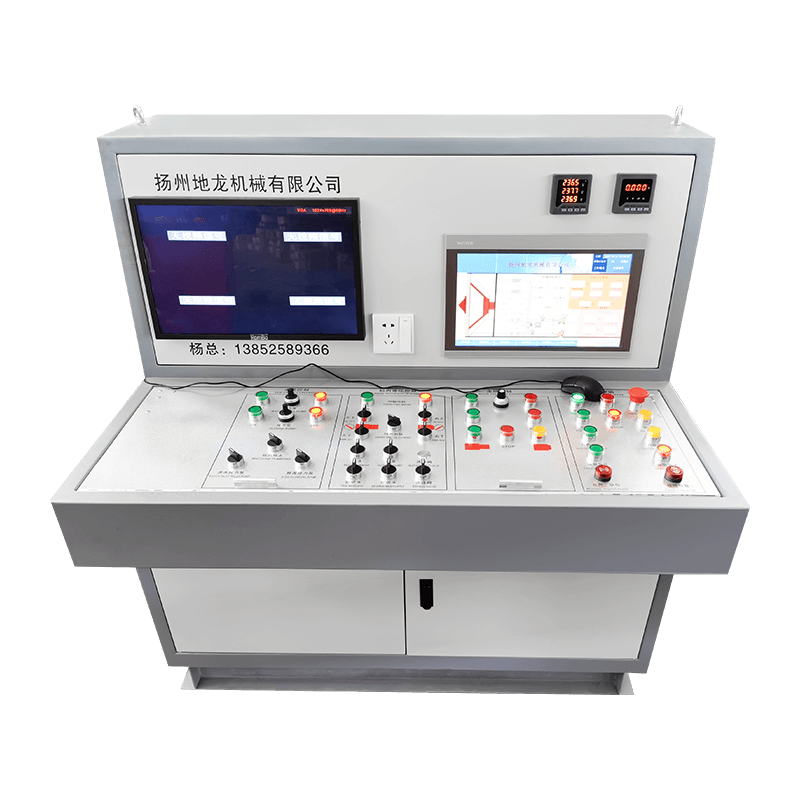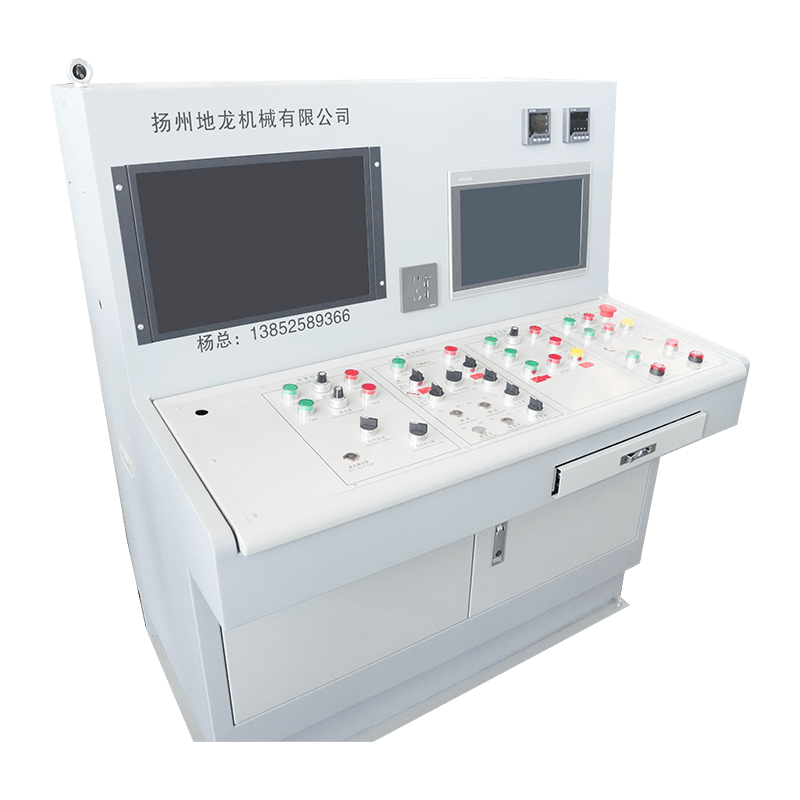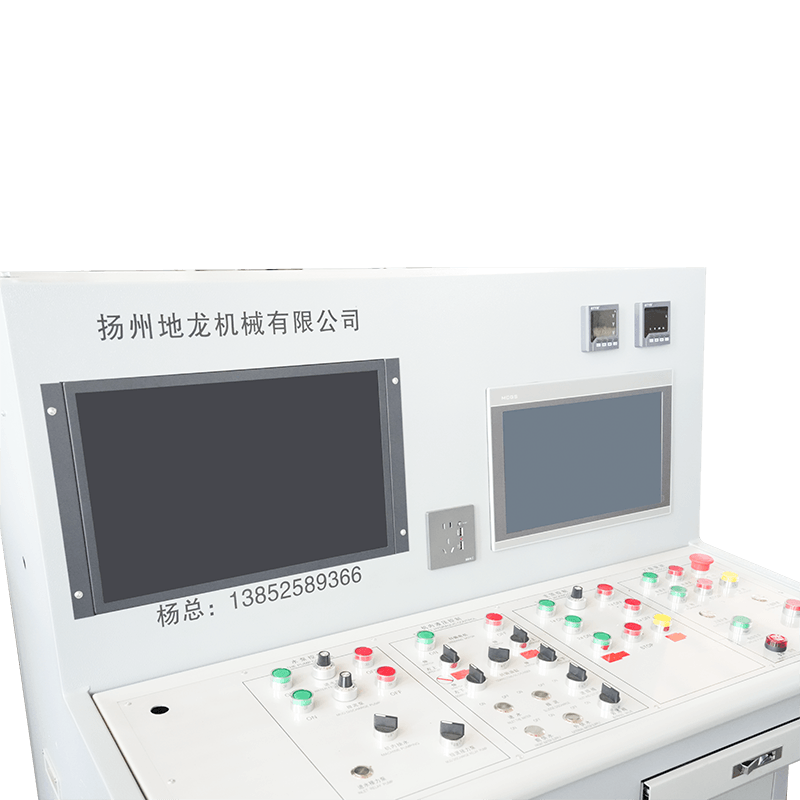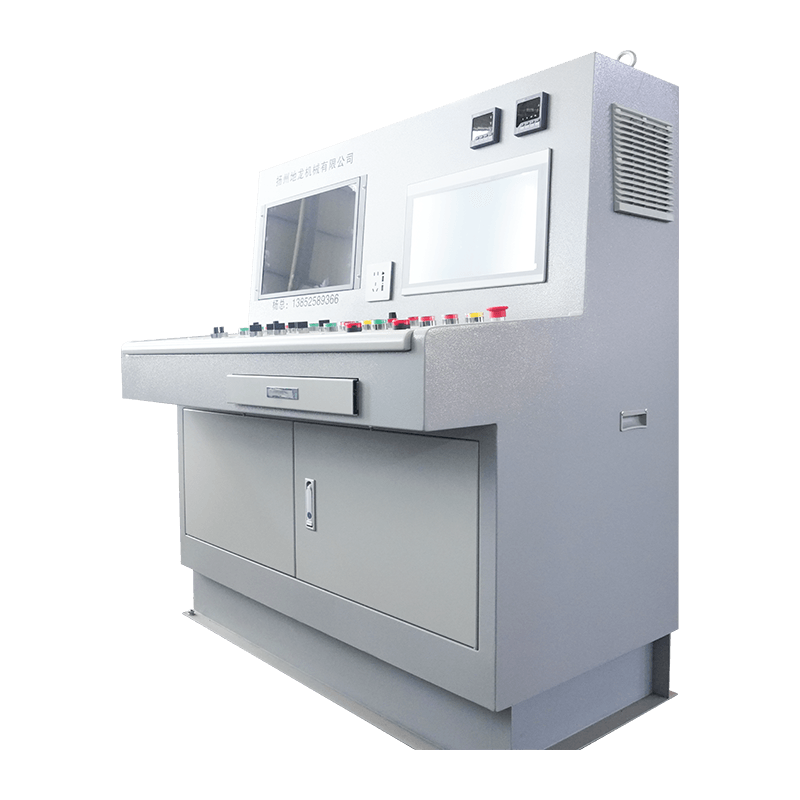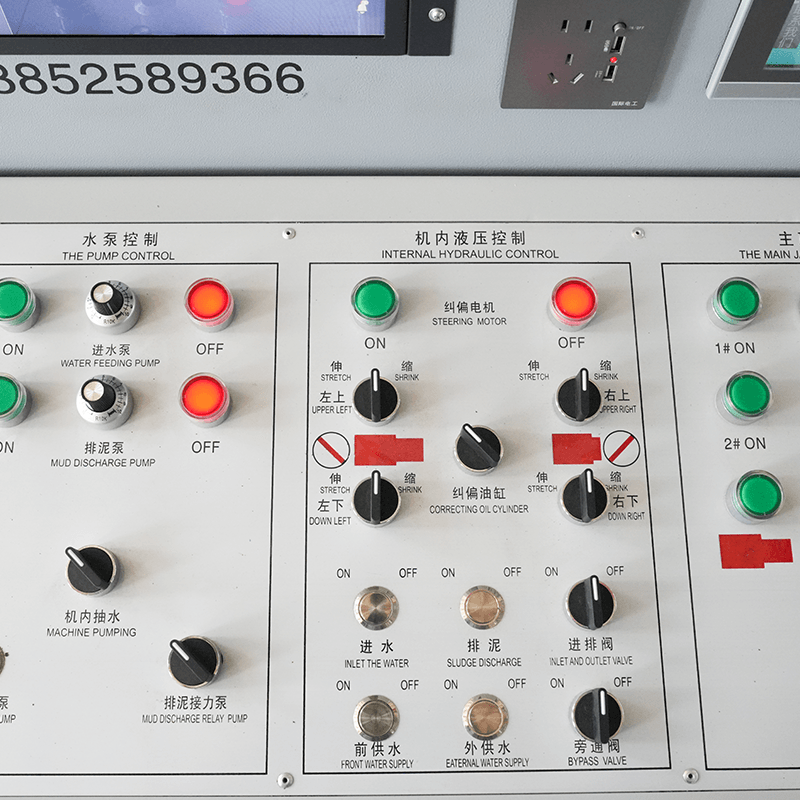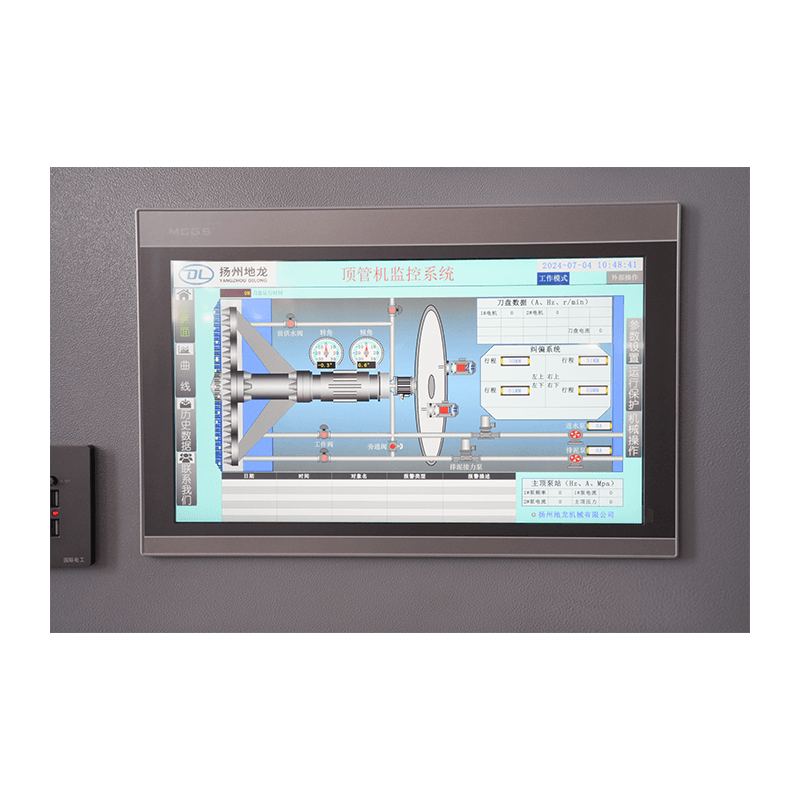Microtunneling is a sophisticated, trenchless method for installing pipelines and conduits underground. Unlike traditional open-cut methods that involve excavating a trench from the surface, microtunneling minimizes surface disruption, making it ideal for urban areas, sensitive environments, and crossings under existing infrastructure like roads, railways, and rivers. This technique offers significant advantages in terms of efficiency, safety, and environmental impact.
How Microtunneling Works: A Step-by-Step Overview
The microtunneling process relies on a microtunneling boring machine (MTBM), often referred to as a pipe jacking machine, tunnel boring machine (TBM), or mole. Here's a breakdown of the typical workflow:
-
Launch and Reception Shafts: The process begins with the construction of a launch shaft and a reception shaft. The launch shaft provides the space for the MTBM and jacking equipment, while the reception shaft is where the machine emerges after completing its drive.
-
Machine Assembly and Entry: The MTBM, along with its guidance system and slurry lines, is lowered into the launch shaft. The machine's cutting head is designed to excavate various ground conditions, from soft soils to hard rock.
-
Jacking Operation: Cylindrical pipe sections, typically made of concrete, steel, or fiberglass, are pushed behind the MTBM by powerful hydraulic jacks located in the launch shaft. As the pipe jacking machine advances, the excavated material is mixed with a bentonite slurry and pumped back to the surface through a pipeline within the newly installed pipe.
-
Spoil Removal: The slurry carrying the excavated material is processed at the surface, separating the spoils from the water. The cleaned water can often be recycled back into the system.
-
Guidance and Control: A crucial aspect of microtunneling is its precision. The tunnel boring machine (TBM) is equipped with a sophisticated laser guidance system that provides real-time feedback on its position and alignment. Operators monitor this data from a control room, making adjustments to the machine's steering to ensure it stays on the planned trajectory. This precise control is what differentiates microtunneling from less accurate methods.
-
Continuous Advancement: This cycle of excavation, pipe jacking, and spoil removal continues until the mole reaches the reception shaft, completing the drive.

Key Components of a Microtunneling System
Beyond the microtunneling boring machine (MTBM) itself, several other critical components work in unison:
-
Jacking Frame and Hydraulic Jacks: These provide the immense force needed to push the pipe string through the ground.
-
Slurry Management System: This includes pumps, separation plants, and pipelines for handling the excavated material.
-
Lubrication System: A Bentonite-based lubricant is often injected into the annulus between the pipe and the ground to reduce friction and facilitate advancement.
-
Guidance System: Typically a laser-based system for accurate steering and alignment control.
-
Control Container: Houses the sophisticated computer systems and controls that allow operators to monitor and direct the entire microtunneling operation.
Advantages of Microtunneling
-
Minimal Surface Disruption: A key benefit, as it avoids the need for extensive trenching, reducing traffic disruption, noise, and environmental impact.
-
High Accuracy: The laser guidance system ensures precise alignment and grade control, critical for gravity-flow pipelines.
-
Safety: Workers are not required to enter the excavation, significantly improving safety compared to open-cut methods.
-
Versatility: Can be used in a wide range of ground conditions and for various pipe diameters.
-
Environmental Benefits: Reduces soil disturbance, minimizes dewatering requirements, and preserves existing landscapes.
Microtunneling stands as a testament to engineering innovation, providing a reliable, efficient, and environmentally conscious solution for modern underground infrastructure development. Its ability to navigate complex subterranean environments with minimal impact on the surface makes it an increasingly preferred method for critical utility installations worldwide.

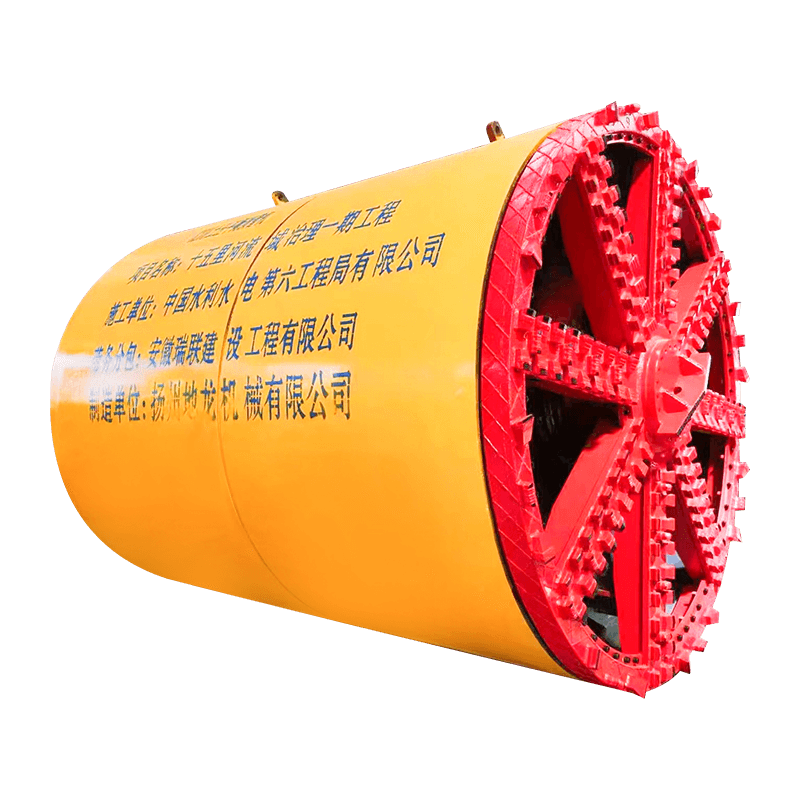
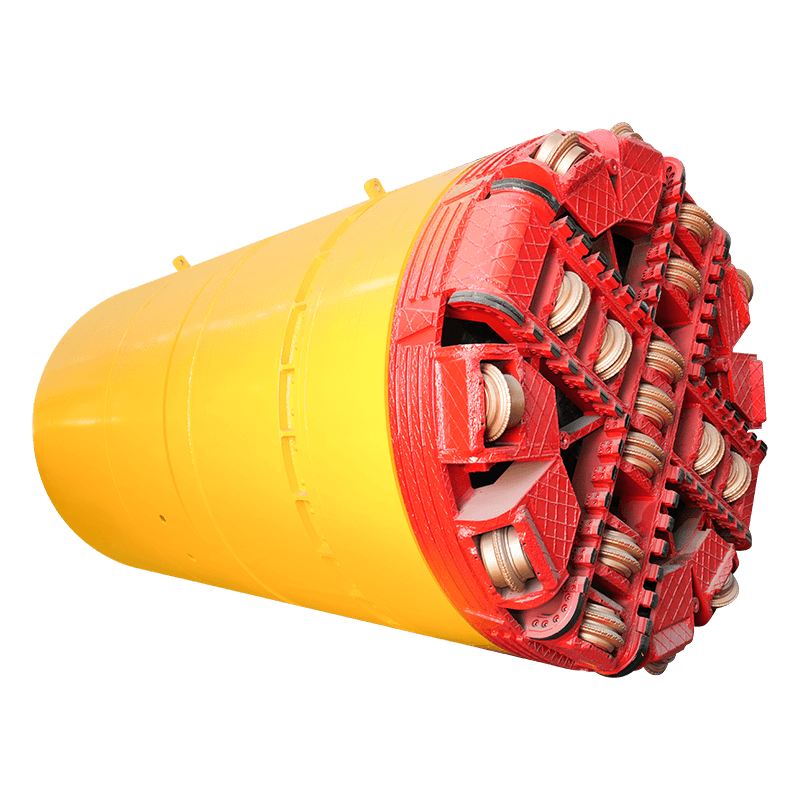


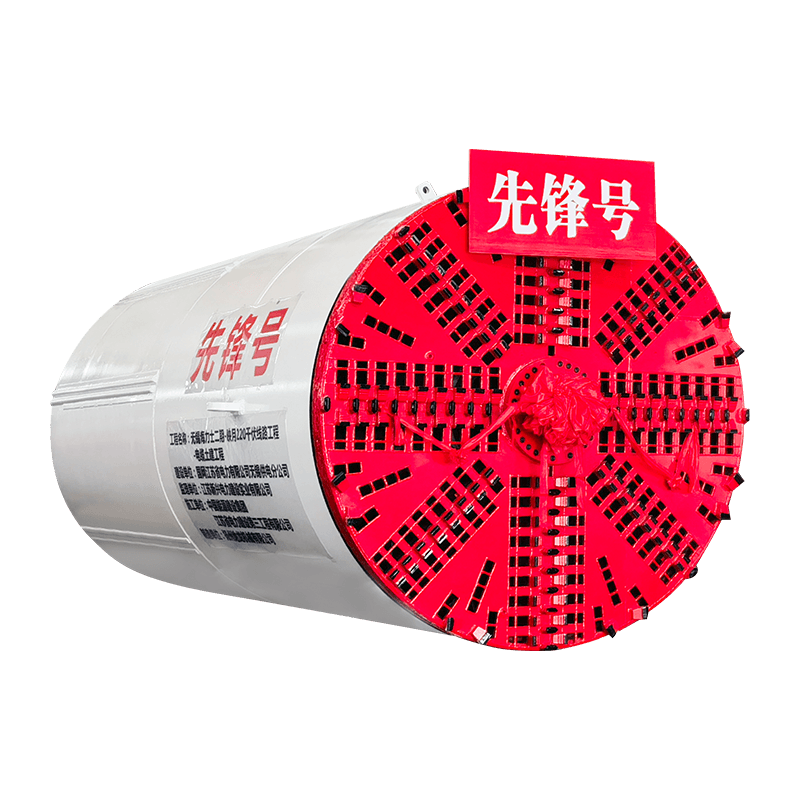
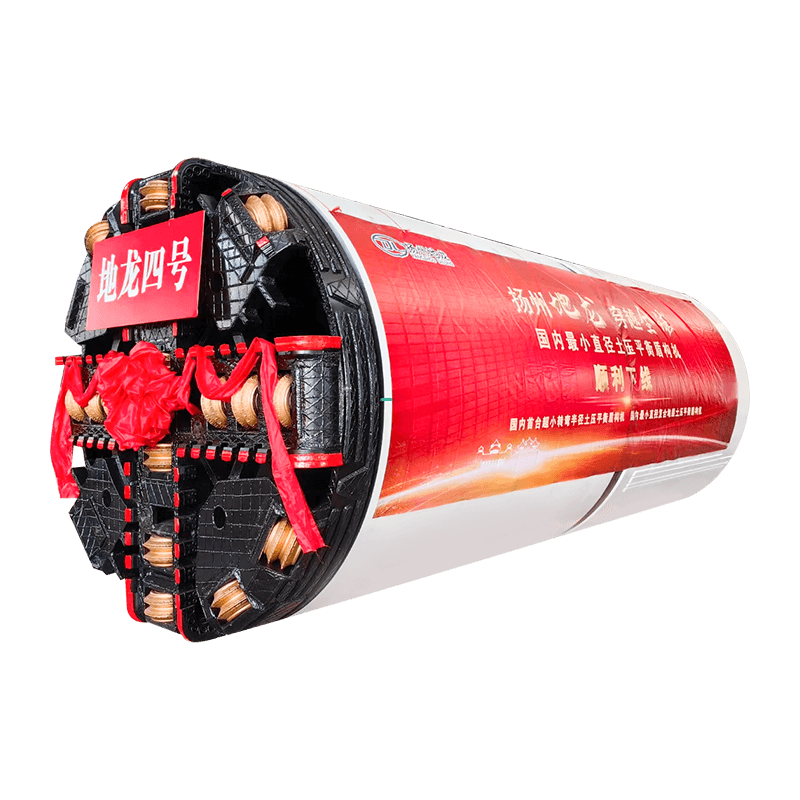


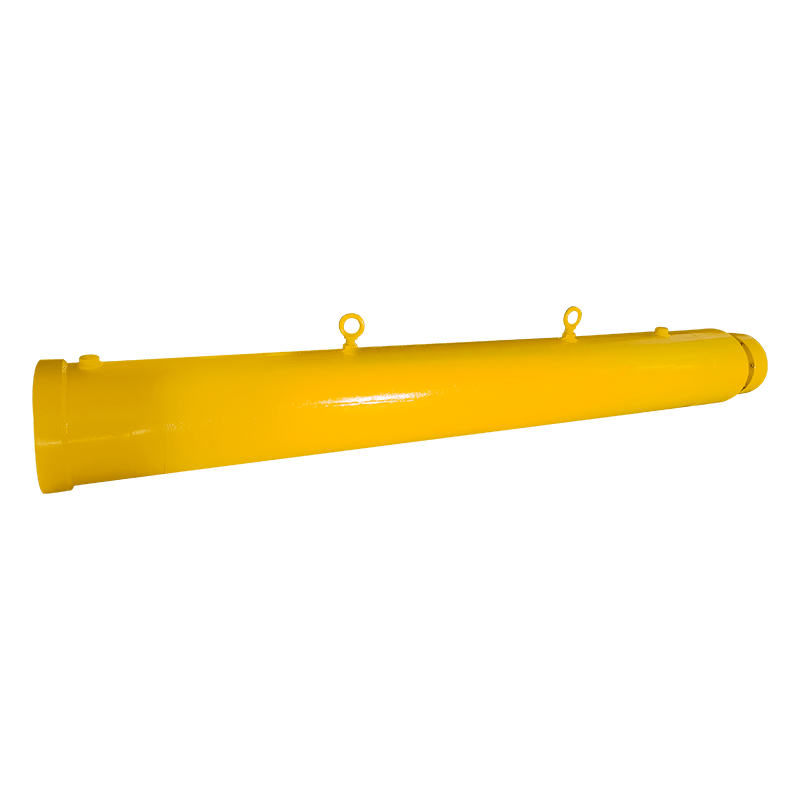



 English
English  русский
русский  عربى
عربى 
